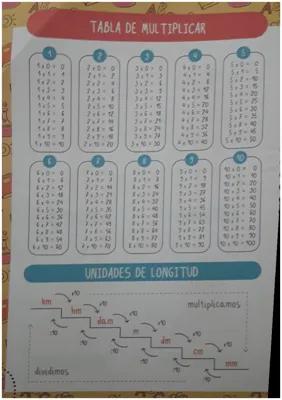A comprehensive guide to solving direct and inverse proportions using the rule of three method, with detailed examples and step-by-step solutions. The method helps students understand cómo resolver regla de tres simple directa e inversa through practical applications.
Key points:
- Clear step-by-step process for solving proportion problems
- Distinction between direct and inverse proportions
- Multiple worked ejemplos de problemas de regla de tres con soluciones
- Practical real-world applications for better understanding
- Focus on proper unit conversion and mathematical reasoning
- Emphasis on cálculo de proporciones en problemas de regla de tres



















